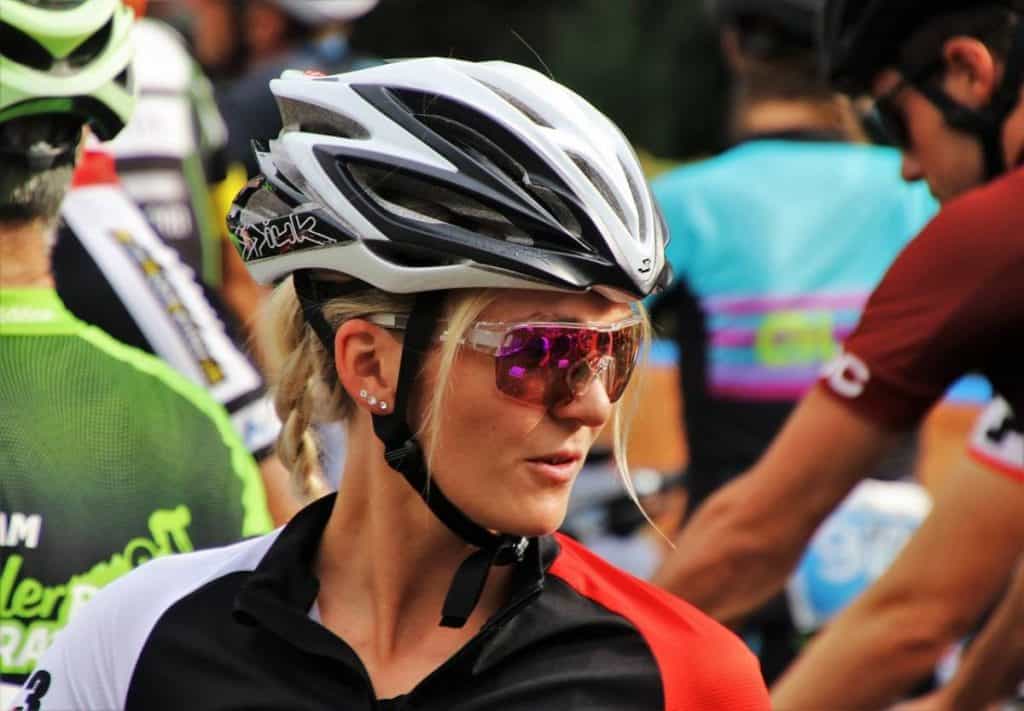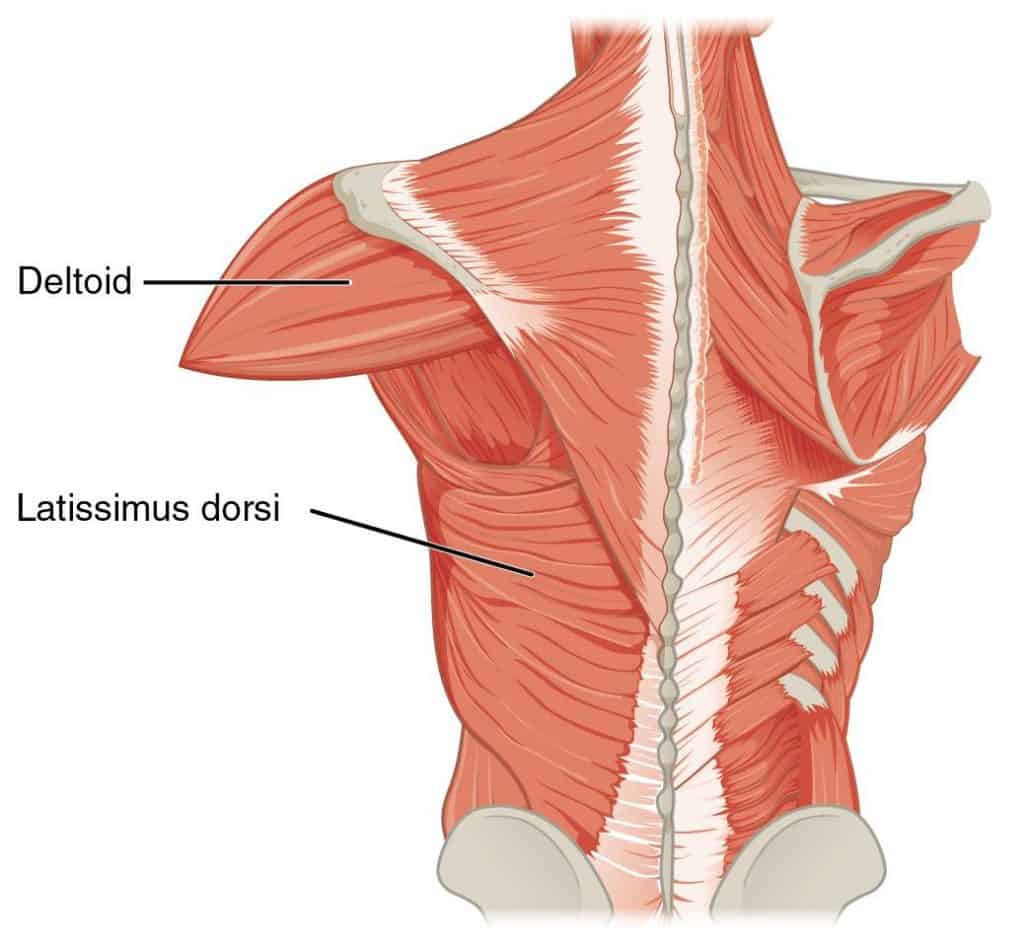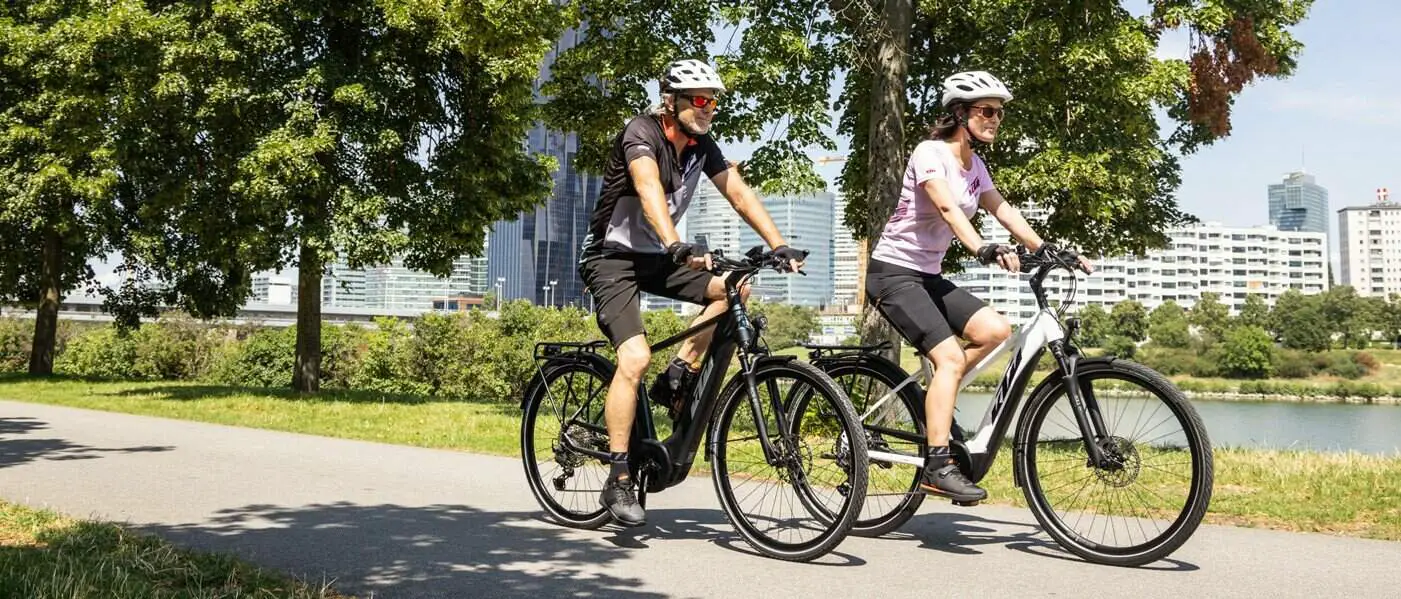Last Updated on June 2, 2022 by Igor Karni

It is not uncommon for electric bicycle riders to experience neck soreness occasionally, either during or after riding their e-Bike.
However, riders should make note that consistent pain in the neck muscles is usually an indicator of improper positioning and other factors. Necessary adjustments should be made and proper attention paid to the neck, especially when dealing with persisting pain.
This article will discuss the common causes of neck pain related to riding an e-bike and the various ways that cyclists can manage and avoid this type of soreness.
Common causes of neck pain and areas affected
The two most common causes of neck pain in e-Bike riders are improper posture and weak muscles in the neck’s surrounding areas. In fact, up to 85% of cyclists endure non-traumatic bicycle injuries (source), with the neck being among the top of the areas affected.
That said, it’s important to note that neck pain should not be ignored or tossed off as a common side effect: it’s usually a sign that you need to change your positioning or make adjustments to your e-Bike.
Since e-Bikers typically bend and flex their back for extended periods of time while they ride, this ultimately causes strain on the neck. Pain stemming from the back’s positioning is further exacerbated when riders are particularly hunched over when riding.
Read also: Which muscles work when riding an electric bike? And, How does riding an e-bike change your body shape?
It is also important to bear in mind that the typically bent-over and fixed position that riders take on when riding an e-bike is a contributing factor to neck pain. This is because the back and core muscles are put into relatively static positions for extended periods of time, which means those muscles are not being worked out properly.
Other muscles that, if impacted, can directly affect the neck are the core (stomach and mid/lower back area – source) and trapezius (back, neck, and shoulder area – source) muscles. If these muscles are too weak, they will become easily fatigued while e-Biking.
Since the trapezius muscles in particular help to hold up your head, your back and shoulders play a larger role in cycling than you may think. The mechanics behind this fatigue is that, when the muscles in these areas are flexed for extended periods of time, there is less circulation in the area, which means those muscles are getting less oxygen. This tightness can then contribute to neck and shoulder pain.
Read also: Does riding an e-bike help train strength and endurance? And, Are electric bikes good for cardio exercise?
A few other muscle groups that may be affected are the pectoral (chest/breast area – source) muscles and latissimus dorsi (mid-back) muscles (source). When the latissimus dorsi, which is in charge of extension and flexion, becomes short and tight, this can affect mobility surrounding the rib cage and spine.

The result of this is further tightness and soreness in the mid and upper back muscles, which inevitably affects the neck. Thus, it is extremely important to work on strengthening the neck and back muscles, which will be discussed later in the article.
Ways to prevent future neck pain while riding an electric bicycle
As previously mentioned, one of the ways to start tackling your neck pain is by taking a look at how you are positioned while riding your e-Bike, and how your e-Bike’s features (saddle, handlebars, cleats, etc) are positioned.
For example, your head may be tipping upward while riding, which can lead to neck pain and even pinched nerves. One good way to avoid this is by straightening your core (bringing your stomach in toward your lower back) and keeping your back and chest straight while riding, as well as stretching/moving your neck around when you have slower or break periods while riding.
This will help to prevent neck stiffness and tightness. Riders should also ensure that their helmets are fitted properly to their heads, as improperly fitted helmets can also contribute to neck pain.
Next, ensure that your e-Bike is properly adjusted to your body. This means that the saddle height, handlebars, pedal alignment, and cleats are properly fitted for optimal comfort and muscle balance while riding.
Read also: How to select the right electric bicycle size? And, Which electric bicycle to buy? Making your educated e-bike selection choice.
While riding an e-bike, riders tend to strain their necks or keep them relatively static by staring in one main direction for long periods of time. Needless to say, in either case, the neck muscles can get sore from these rides and can especially be exacerbated if you are improperly positioned.

For example, incorrect handlebar positioning can negatively impact the alignment of your neck and spine. Having to reach too far to access the handlebars can cause hyperextension of the neck, so riders should increase handlebar height to ensure that one’s neck is not overly craned or that the back is not hunched when riding one’s e-Bike.
Many riders have also noted that their neck pain was eased by shortening the e-Bike’s stem, in order to shorten the reach.
Another factor is that your e-Bike frame may be too big. Consider lowering the saddle and pulling the handlebars higher and closer to you, optimizing your body’s comfort. Professionals note that proper leg extension is also key when it comes to adjusting the saddle, so ensure that your fit allows your leg to extend properly when riding.
Your saddle angle may also be pointing too upwards or downwards, so consider adjusting it to be more balanced in the middle. E-Bikers should also bear in mind that due to the pedal-assist feature, one can more comfortably ride when relying on electric assistance. If your neck begins to feel especially sore during your ride, increase your pedal-assist to boost your power and take some of the pressure off your body while cycling.
Read also: How to use gears on an electric bike (mechanic and electric)? And, How to switch electric assistance levels on an e-bike?
One possible option is to invest in compact-drop handlebars, which allow riders to more easily use different hand positions when riding without causing discomfort. It may also be worth considering high handlebars, as opposed to flat handlebars, as some e-Bike riders have noted that this change has made a world of difference in their posture and neck comfort while riding their e-Bikes.
If you are still experiencing problems with your neck after adjusting your own and your e-Bike’s positioning, consider a professional e-Bike fit service.
Do not forget about stretching and strengthening
When you are off your e-Bike, it’s recommended that you do regular or semi-regular stretches and strengthening techniques to ensure that the muscles that are linked to your neck stay strong and healthy, which will ultimately help to diminish neck pain while riding.
A common neck stretch is touching the chin to the chest, and then ear to each shoulder, a few repetitions of which helps to loosen neck and shoulder muscles. Some experts even suggest investing in a foam roller and exercise mat to partake in more extensive stretches.
Neck stretches will help allow you to improve your mobility, flexibility, and power output while you cycle. Strengthening these muscles will also help to lower the risk of injury.
Other areas to strengthen include the core, trapezius, and latissimus dorsi muscles. As well, the deep neck flexors should be focused on (source), as these are the muscles that help to improve your neck’s range of motion (thus, making your neck more durable while you ride your e-Bike).

If your deep neck flexors become weak, your trapezius muscles will have to compensate and are thus more likely to get quickly over-tired and fatigued.
One suggested stretch for your deep neck flexors is to lie flat on the floor, keeping your knees bent. Focus your gaze right above your knees, and then complete the motion by nodding your head downward, pulling the chin towards your chest but without lifting the head from the ground. The stretch should be felt in the back of the neck. You can hold this for 10 seconds and do ten repetitions of this stretch.
Here are some more neck stretches suggested by WebMD that help to manage neck stiffness and soreness (source), as well as some neck strengthening techniques suggested by Spine Health (source).
Of course, if you are experiencing severe and persistent neck pain, be sure to consult a healthcare professional.
Read also: Most common pains when riding an electric bicycle, and how to prevent and cure them.
A few words in conclusion
All in all, neck pain and soreness can be addressed in a variety of ways. As long as you ensure that you are keeping your back and chest straight while cycling, you optimize your e-Bike’s fit so that you are not unnecessarily extending or bending your body, and you focus on strengthening your neck and its surrounding muscles a few times a week, your neck should be in good shape to continue on with your e-biking regimen!
Let us know how we are doing! Have another question or a recommendation for us? – reach us via this contact form.
Igor is a sustainable mobility and green energy advocate. His mission for Easy E-biking is to help make electric cycling simple, practical, and fun. Follow him on Facebook and LinkedIn.




